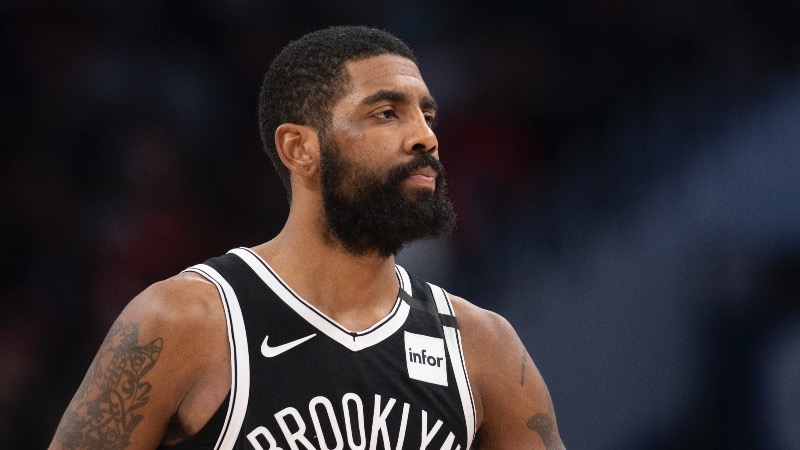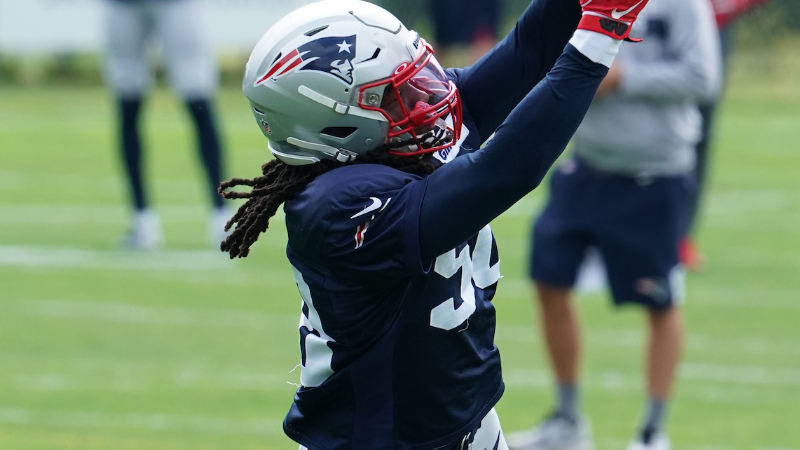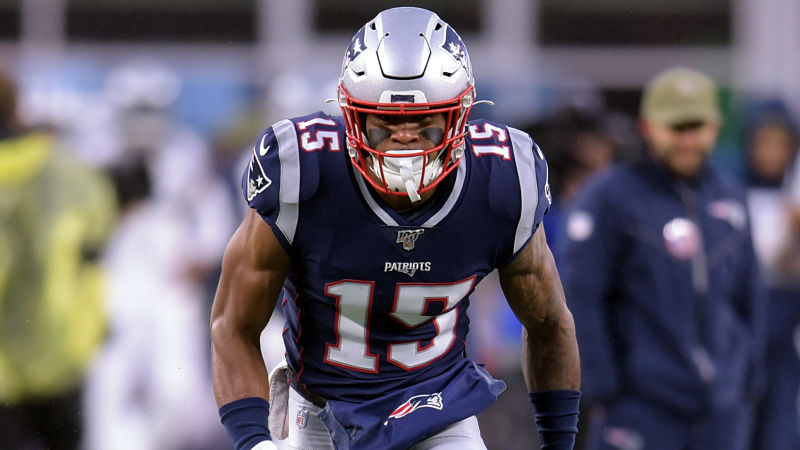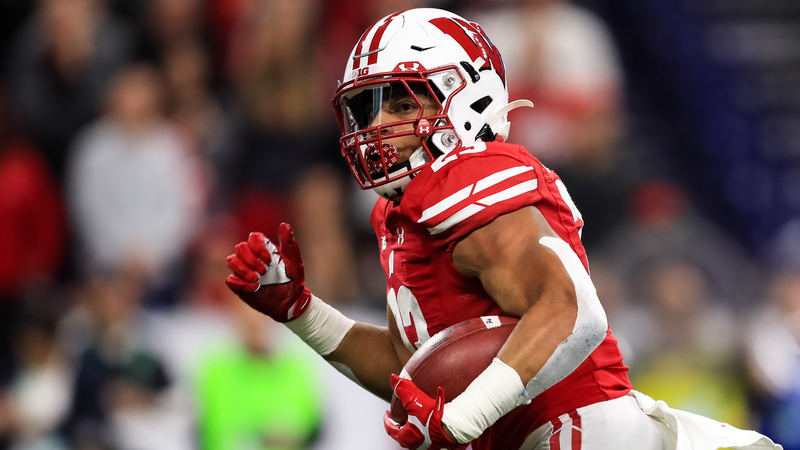Chaim Bloom took an unconventional approach to his first draft as the Boston Red Sox’s chief baseball officer.
Time will tell whether it was a fruitful strategy.
Bloom, who spent 15 years with the Tampa Bay Rays, an organization that’s mastered the art of drafting and player development relative to many other franchises across Major League Baseball, immediately left his fingerprints Wednesday night when the Red Sox selected Nick Yorke with the 17th overall pick in the first round.
Yorke, an 18-year-old middle infielder who ranked No. 139 among MLB Pipeline’s top 200 prospects, was considered a reach by many experts, especially given the more notable names remaining on the board. But it was apparent the Red Sox’s decision to draft the product of Archbishop Mitty High School (California) was part of a larger game plan, which Bloom and Co. executed Thursday night by selecting Blaze Jordan, Jeremy Wu-Yelland and Shane Drohan on the second day of the 2020 draft.
By choosing Yorke, the Red Sox obtained a player they love, trusting their evaluation of his potential is more accurate than those who question the selection. Yorke might have been available when Boston’s next pick — No. 89 overall in the third round — rolled around, but it’s unlikely the Red Sox would have had enough money to sign another player for slot value at No. 17 (around $3.5 million) and sweeten the pot beyond the slot value at No. 89 (around $600,000) enough for Yorke to forgo his commitment to the University of Arizona in favor of turning professional.
It probably was No. 17 or never for the Red Sox to land Yorke, as they didn’t own a second-round pick thanks to MLB’s punishment stemming from its investigation into allegations Boston illegally stole signs in 2018. And so while it certainly qualified as a shocking pick, the Red Sox took the plunge, presumably knowing they’d be able to sign Yorke below the No. 17 slot value — but above the No. 89 slot value — and use their newfound financial flexibility on their subsequent selections in the third, fourth and fifth rounds.
More Red Sox: Highlights Of All Four Boston Selections In 2020 MLB Draft
Which brings us to Jordan, a prodigious power-hitting prospect who committed to Mississippi State after dazzling scouts at DeSoto Central High School (Mississippi). The Red Sox selected him at No. 89 — seemingly an excellent value for a player with his upside — but they’ll likely need to spend beyond the slot value to secure his services.
And that’s where the savings from reaching for Yorke come into play.
“We had a select group of players (in mind for the third round) just because what we thought they were going to be asking in terms of a signing bonus, they might slip down the draft a little bit,” Red Sox amateur scouting director Paul Toboni said, according to The Athletic. “We had a small group of them, and we were lucky one of them in Blaze was able to get there. I don’t want to say it’s how we drew it up, but it’s pretty darn close to how we drew (it) up.
“We’re really excited and I think you hit the nail on the head, getting that kind of upside at pick 89, it’s not normal. We were able to assume the risk mainly just because of the expected value that we thought we were getting was really, really good in that area of the draft.”
In essence, the Red Sox, who had a smaller bonus pool to work with by virtue of not having a second-round pick, chose to spread out their funds, spending more lightly than anticipated in the first round in order to spend more freely down the road.
Not everyone will agree with the methodology, particularly since choosing Yorke represents an extreme case of going against the grain and Jordan, a 17-year-old corner infielder, comes with questions of his own despite his otherworldly batting practice prowess. But there was a clear blueprint.
And isn’t that what the Red Sox envisioned when they hired Bloom, an innovative baseball mind with a track record of maximizing his resources by bucking industry trends?






